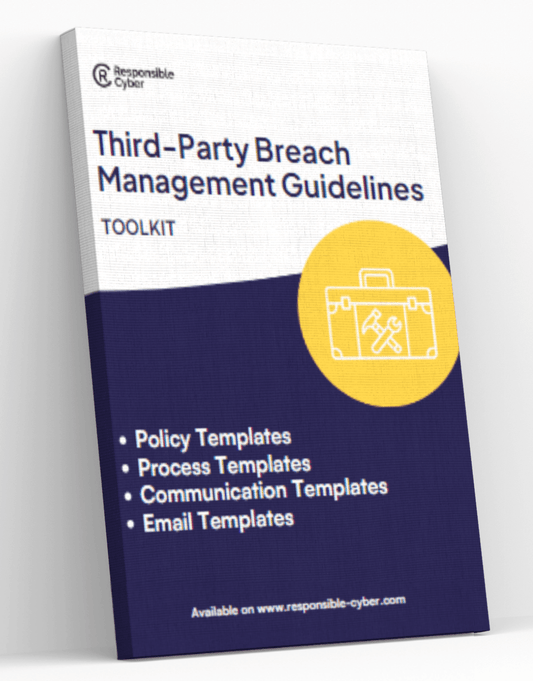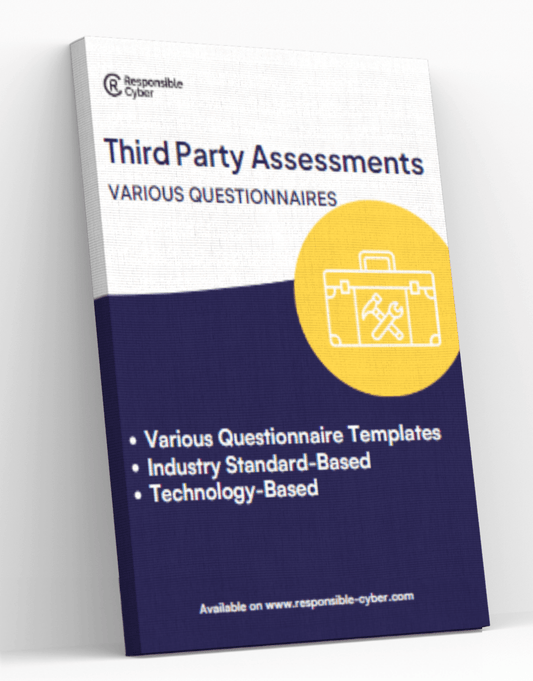Third-Party Risk: Insights from KPMG's Approach

In an increasingly interconnected global economy, organizations are constantly seeking to balance the benefits of outsourcing and third-party collaborations against the potential risks these relationships bring. Recognized as a leading authority in audit, tax, and advisory services, KPMG has developed a robust framework for managing third-party risks that many organizations look to as a benchmark. This article delves deep into KPMG's approach to third-party risk management, offering insights into how businesses can enhance their own risk management strategies by understanding and applying these principles, while also exploring the drawbacks of a consulting-only approach and introducing the benefits of integrated solutions like RiskImmune.
The Importance of Third-Party Risk Management
The growing reliance on third parties for core operational functions across industries has magnified the potential risks businesses face. These risks range from data breaches and compliance issues to operational disruptions and reputational damage. KPMG, leveraging its vast global experience, recognizes the critical importance of third-party risk management (TPRM) and offers a structured approach to help businesses mitigate these risks effectively.
KPMG’s Framework for Third-Party Risk Management
KPMG’s TPRM framework is designed to be comprehensive and scalable, addressing the needs of large multinational corporations as well as smaller enterprises. Here's a breakdown of their approach:
1. Risk Identification
The first step in the process involves a thorough identification of all third-party relationships within an organization. KPMG emphasizes the need for a detailed inventory that goes beyond direct contractors to include subcontractors and the downstream supply chain. This holistic view is crucial for understanding the full spectrum of potential risks.
2. Risk Assessment
Once risks are identified, KPMG advises on performing rigorous risk assessments that consider both the likelihood of a risk event and its potential impact. This step involves assessing various types of risks, including strategic, operational, financial, compliance, and reputational risks.
3. Risk Mitigation
KPMG’s approach advocates for proactive risk mitigation strategies tailored to the severity and likelihood of the identified risks. These strategies often involve contractual agreements, implementation of standardized controls, regular monitoring, and development of contingency plans.
4. Continuous Monitoring
The dynamic nature of risk means that what may be a low-risk vendor today can become a high-risk vendor tomorrow. KPMG recommends continuous monitoring of third-party relationships through regular audits, performance reviews, and compliance checks.
5. Reporting and Optimization
The final step in KPMG’s framework involves regular reporting to stakeholders and continuous optimization of the TPRM process, ensuring that insights gained from the process are effectively communicated and that the TPRM framework evolves in response to new challenges and insights.
Drawbacks of a Consulting-Only Approach
While consulting services like those offered by KPMG provide invaluable insights and strategic guidance, there are several drawbacks to relying solely on external consultants for third-party risk management:
Dependence on External Expertise
Organizations may become overly dependent on consultants, potentially leading to a lack of internal expertise and capabilities in managing third-party risks.
Cost
Consulting services can be costly, especially for continuous engagement. Small to medium-sized enterprises may find the expenses prohibitive over the long term.
Scalability
While consultants provide customized solutions, these may not always scale easily with the growth of the business or the diversification of its supply chain.
Integration Issues
Implementing consultant-recommended strategies and tools may not always integrate seamlessly with existing internal processes or systems, potentially leading to disruptions or inefficiencies.
Introduction to RiskImmune
In contrast to the consulting-focused approach, platforms like RiskImmune offer integrated solutions for third-party risk management. RiskImmune is a vendor risk management platform that automates and streamlines the risk assessment process, offering continuous monitoring and real-time risk analytics. This software solution enables organizations to:
- Maintain an up-to-date and actionable risk register automatically.
- Implement standardized risk assessment methodologies that are easily scalable.
- Reduce dependence on costly consulting services by empowering internal teams with intuitive tools and comprehensive data insights.
- Enhance the integration of risk management processes with other internal systems, ensuring smoother operations and better compliance.
Conclusion
KPMG's approach to third-party risk management exemplifies best practices that organizations worldwide can adopt to protect themselves against the myriad risks posed by their external partnerships. However, the limitations of a consulting-focused approach suggest the value of integrated solutions like RiskImmune, which provide the tools necessary for companies to take ownership of their risk management processes in a cost-efficient way. By understanding and implementing a structured TPRM framework, and supplementing it with innovative software solutions, businesses can not only mitigate risks but also enhance their operational resilience and strategic effectiveness.
Read more:
- Addressing Universal Business Challenges: Cybersecurity, Supply Chain, and Regulatory Compliance
- Comprehensive Guide to Third-Party Risk Management Policy
- Developing a Comprehensive Third-Party Risk Management Program: A Legal Compliance Guide
- The Future of Third-Party Risk Management and Legal Compliance: Emerging Trends and Technologies







